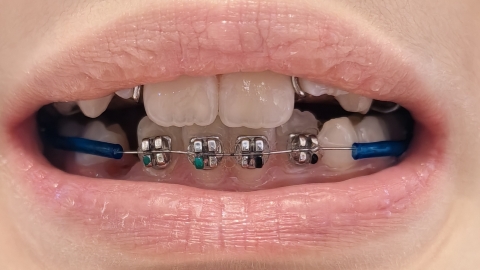Can mouth protrusion caused by mouth breathing in children be corrected?
Protruding mouth caused by mouth breathing in children can usually be corrected, and the key is early intervention—first addressing the underlying causes of mouth breathing, then specifically adjusting the development of the jaw and facial structure. It is recommended to seek medical evaluation promptly and follow professional medical advice for proper management.

First, identify and treat the root causes. Common ones include adenoid hypertrophy, tonsillar enlargement, and rhinitis. If airway obstruction is due to enlarged adenoids or tonsils, treatment should be conducted under medical guidance, with surgical removal considered when necessary. If nasal congestion results from rhinitis, inflammation must be controlled first to restore normal nasal breathing, creating favorable conditions for correction.
Next, select an appropriate corrective approach based on age. Children aged 3–5 can wear functional appliances to guide proper jawbone development. For children aged 6–12 during the mixed dentition phase, a combination of functional correction and dental alignment adjustment is used. After age 12, during the permanent dentition stage, significant jaw abnormalities may require combined orthodontic and orthognathic surgical treatment, with specific plans determined by a doctor’s assessment.
In daily life, supervise children to maintain nasal breathing and adjust sleeping positions to avoid lying on their backs. Regularly monitor nasal passages and tonsil conditions. Encourage exercises such as lip closure with cheek puffing and tongue-to-palate training to strengthen oral muscles and support improvement in jaw and facial development.




